The Dead Sea Mud Cosmetic Market is characterized by a dynamic competitive landscape, driven by increasing consumer awareness of natural beauty products and the therapeutic benefits associated with Dead Sea minerals. Key players such as Ahava (IL), Premier Dead Sea (IL), and Seacret (IL) are strategically positioned to leverage these trends. Ahava (IL) focuses on innovation in product formulations, emphasizing sustainability and eco-friendly practices, while Premier Dead Sea (IL) has adopted a strategy of regional expansion, targeting emerging markets in Asia and South America. Seacret (IL), on the other hand, has been enhancing its digital transformation efforts, utilizing e-commerce platforms to reach a broader audience. Collectively, these strategies contribute to a competitive environment that is increasingly focused on differentiation through quality and brand reputation.
In terms of business tactics, companies are localizing manufacturing to reduce costs and improve supply chain efficiency. The market structure appears moderately fragmented, with several players vying for market share, yet the influence of key players remains substantial. This fragmentation allows for niche brands to emerge, catering to specific consumer preferences while also intensifying competition among established brands.
In August 2025, Ahava (IL) launched a new line of eco-friendly packaging for its Dead Sea mud products, reflecting a commitment to sustainability that resonates with environmentally conscious consumers. This strategic move not only enhances brand loyalty but also positions Ahava (IL) as a leader in sustainable practices within the cosmetics industry. The introduction of this packaging is likely to attract a demographic that prioritizes eco-friendliness in their purchasing decisions.
In September 2025, Premier Dead Sea (IL) announced a partnership with a prominent skincare influencer to promote its latest product line, which includes a new Dead Sea mud mask. This collaboration aims to tap into the influencer's extensive follower base, thereby expanding Premier's reach and enhancing its brand visibility. Such partnerships are indicative of a broader trend where companies leverage social media to engage with consumers more effectively, potentially leading to increased sales and market penetration.
In October 2025, Seacret (IL) unveiled a new AI-driven customer service platform designed to enhance the online shopping experience for its customers. This initiative reflects a growing trend towards digitalization in the cosmetics sector, where personalized customer interactions can significantly influence purchasing behavior. By integrating AI technology, Seacret (IL) aims to streamline operations and improve customer satisfaction, which could provide a competitive edge in a crowded marketplace.
As of October 2025, the competitive trends in the Dead Sea Mud Cosmetic Market are increasingly defined by digitalization, sustainability, and technological integration. Strategic alliances, such as partnerships with influencers and technology providers, are shaping the current landscape, allowing companies to enhance their market presence and operational efficiency. Looking ahead, it appears that competitive differentiation will evolve from traditional price-based competition to a focus on innovation, technological advancements, and reliable supply chains, as brands strive to meet the changing demands of consumers.


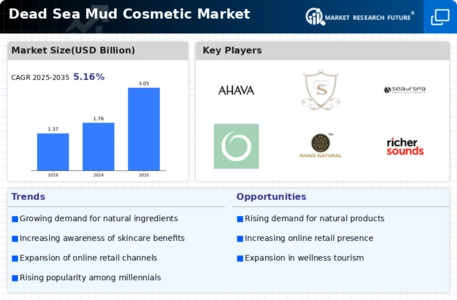
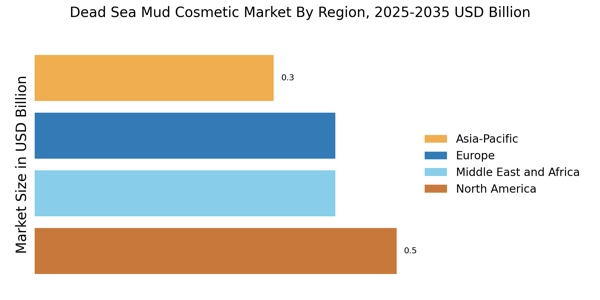
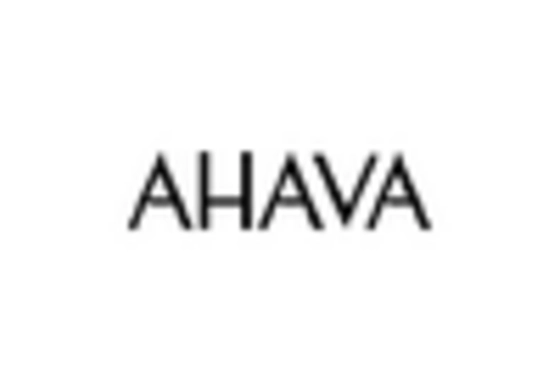
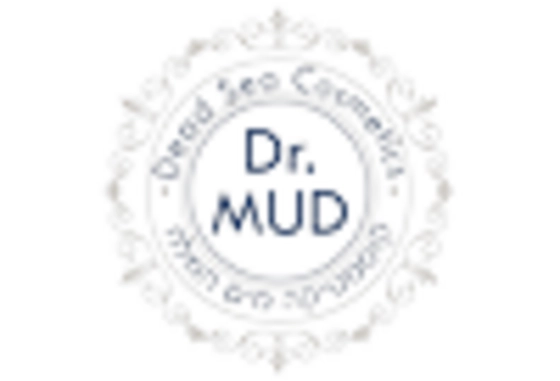
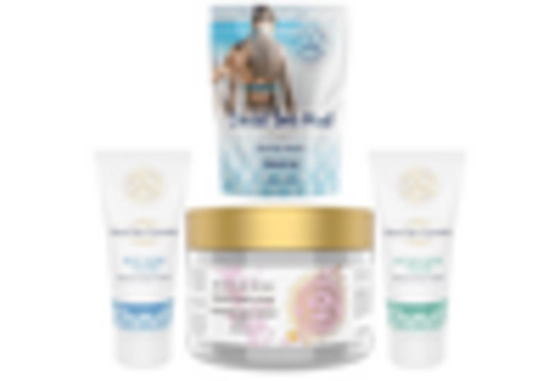
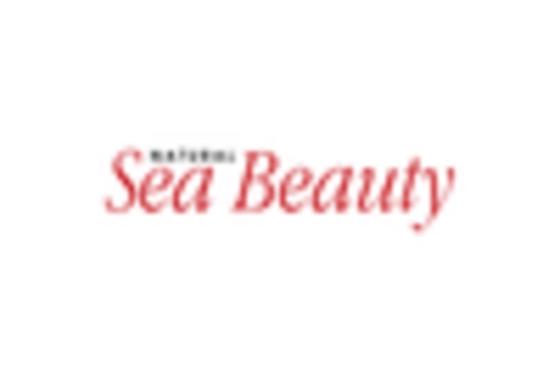
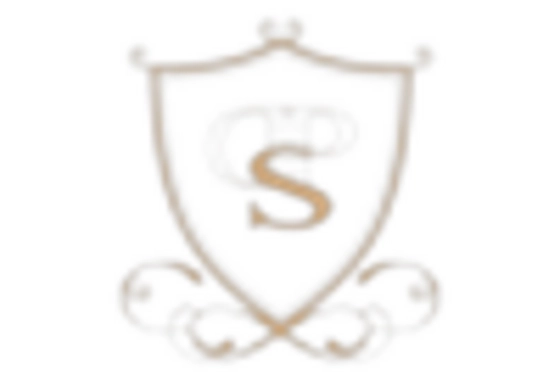
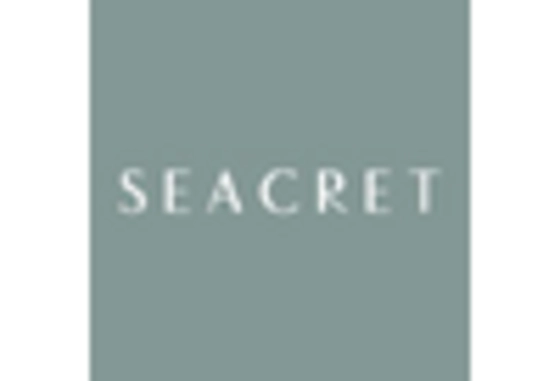








Leave a Comment